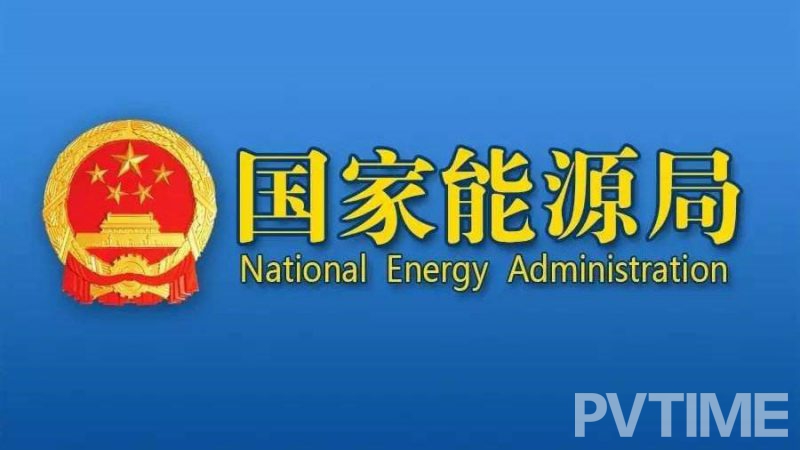During the recently held 2019 China Energy Development Forum, National Energy Bureau Party Secretary and Director, Zhang Jianhua stated that in the past five years, China’s energy transformation has been further advanced. The pace of clean and low carbon development has accelerated with clean energy consumption increasing by 6.6 percentage points, non-fossil energy consumption increasing by 14.3%, and natural gas consumption reaching 7.8%. At the same time, the cumulative withdrawal of backward coal production capability was 810 million tons while renewable energy installation capacity exceeded 700 million kilowatts.

Director Zhang said that pursuit for clean and low carbon has become an irreversible developmental trend. The progressive and decentralized situation in the energy sector is apparent and this energy revolution characterized by the heavy integration of new energy and information technology is pushing society into a new energy paradigm. China’s energy development is now in a critical period of transformation, facing both unprecedented opportunities as well as challenges. We must formulate overall plans for safeguarding safety as well as structural transformations, coordinating long term strategic and economic development plans, manage the transformation and upgrading of existing energy industry infrastructure and the construction of smart energy systems.
As of July this year, the state financed installed capacity of photovoltaic power in China has exceeded 16.86 million kilowatts, and both China’s photovoltaic installed capability and power generation remain atop of the world rankings. Shi Jialin, deputy secretary and director of the State Power Investment Corporation, said that by 2025, the SPIC will add 28 million kilowatts of photovoltaic power generation capacity, increasing the total installed capacity to 45 million kilowatts, upholding China’s position as the world’s leader. In terms of supply, realize the development of complementary power grids for photovoltaic and nuclear, fire, water, wind and other energy sources. On the demand side, realize the energy conversion and extension of photovoltaic and hydrogen energy, energy storage, heat storage and other related energy sources while promoting large scale replacement initiatives of fossil fuel energy.










